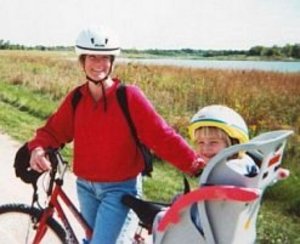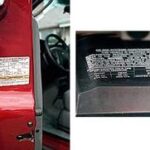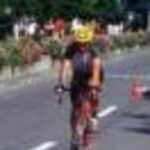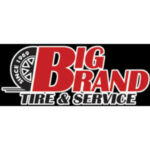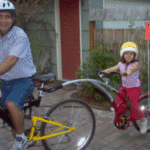Bicycling with a baby or toddler is fun! What a wonderful way to see the world, enjoy a bit of fresh air and sunshine, and get some exercise together!
How can this be done safely?
First, pick a sturdy bike.
Traditional (handlebars-outwards) bikes are excellent for baby seats. These well-balanced bicycles offer super stability and great balance.
Fat-tire bikes (mountain and trail bikes) are even better. These tend to be the steadiest, when toting a tot. The extra-sturdy shock absorbers offer a comfortable ride as well.
Racing bikes (with curved handlebars and skinny tires) are more difficult to manage with an energetic child in the back. These bikes tend to tip a bit on turns, and skid much more easily as well. Toting a tot on a racer can be extremely tricky!
Select a safety seat.
Child bicycle safety seats may be front-facing or rear-facing.
Front-facing seats are ideal for infants and toddlers (through age three). These seats are mounted on a rack, which attaches securely to the rear axle and frame of the bike.
Most front-facing child carriers resemble car safety seats, with a hard outside shell and a shoulder harness that buckles between the child’s legs. Rear-facing seats are the most commonly used child carrier for American bicyclists.
Rear-facing seats can be a bit challenging to manage. They tend to throw the bike’s center of gravity off-balance. These seats are usually fastened to the front bar and handlebar rack.
On the plus side, an adult can easily watch and talk with a small child while riding with a rear-facing child seat. Such seats are much more common in Europe and Asia than in the U.S. These accommodate smaller children, but they are unsuitable for older toddlers, as the rider and passenger can become entangled.
Installing your baby bike seat:
Does the bike have a rear fender, shielding the child from mud, rocks, and roadway debris?
In the U.S., do not purchase a child safety seat that does not bear the ASTM 1625-00 safety mark of approval.
Watch for notices of product recalls. Often, a refund or repair may be made for free.
Check Consumer Reports for safety ratings of various seats before buying. Online comparison shopping is useful, as prices may vary considerably.
If you inherit a used child seat, or purchase a pre-used model, it is a good idea to allow a bicycle shop to inspect it for safety and possibly to install it for you, in case key components are missing.
Most new seats come with fairly simple directions. Usually, a basic wrench and screwdriver are all you need. (I put ours together on Easter Sunday, and we were riding in less than an hour.)
If you install the seat yourself, according to the manufacturer’s directions, be sure that the child seat frame firmly placed and secured on the adult bike. Tighten all screws completely, and check them again periodically. (A few bumpy rides may loosen the hardware.)
Use your head!
Every child riding in a baby seat must wear a helmet. It’s the law! Keep in mind that a bike helmet may weigh up to 12 oz., so a child’s neck must be strong enough to carry that extra weight. Most pediatricians recommend waiting until a baby is at least six months old before taking him on a bike.
Check with your own pediatrician, if you are not sure whether your child is ready to ride along in a baby seat. Be aware that some U.S. states require children to be at least a year old before riding.
At any age, a child simply must wear an approved biking helmet. Strap it on, and buckle it securely before placing your child in his bike seat. (More tip-overs occur on stopped bikes than moving ones!)Don’t forget your own helmet too!
Secure your child in the seat.
Be sure a child is securely and snugly fastened into the bike seat before proceeding. Are his feet safely tucked in, away from the wheels, gears, chain, and pedals?
When will a child outgrow the bike seat?
Children over 45 pounds are usually too tall and too heavy to sit comfortably in a child bike seat. Their feet may interrupt the bicycle wheels or spokes, and they may become too top-heavy for smooth riding.
However, by the time a child has reached this size, he is probably ready for a two-wheeled bicycle of his own (perhaps with training wheels).
What additional options are available?
Baby backpacks: Parents often walk around with children in backpacks (or front packs). Never attempt to juggle a baby this way, while riding a bicycle. This practice is extremely dangerous and even illegal in many states.
Bike Trailers: These provide an excellent alternative, while adding stability and better bike controllability. Trailers can carry multiple children (up to two kindergartners, totaling 100 pounds). If you use a trailer, you will want a rear-view mirror on your handlebars.
On the down side, the adult rider cannot view the children directly while riding the bike, and the children see the world backwards. Trailers are more difficult to maneuver in congested areas or on bumpy trails, where a single bike with a mounted bike seat can zip right through.
Baby, let’s roll!
